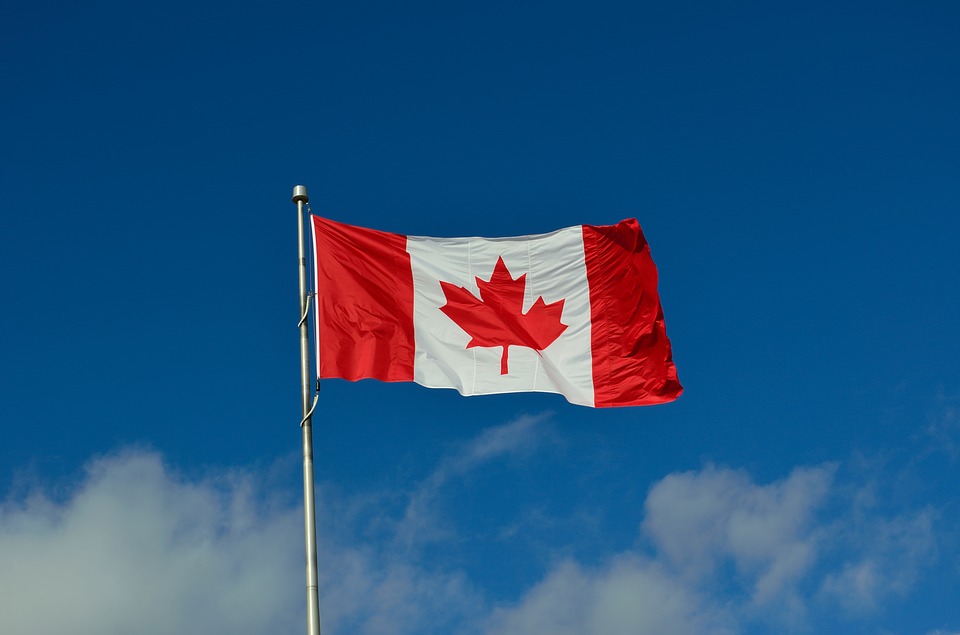How Canada’s Federal Budget 2018 Will Impact Canadian Immigration Efforts and
Canadian Finance Minister Bill Morneau recently tabled Budget 2018, which addresses several immigration issues. The Federal Budget includes spending on immigration in Canada focused on employment, processing asylum claims, and fixing problems within the Canada Border Services Agency (CBSA).
A few key spending points and initiatives stand out:
Employment Program for Newcomer Women in Canada
Starting in 2018-19, the Canadian Government intends to spend $31.8 million over three years to support a pilot program for newcomer women who are visible minorities, dubbed “Getting Into and Staying in the Workforce and Career Pathways for Visible Minority Women in Canada.” This program aims to reduce the barriers that female newcomers face when searching for jobs and integrating into Canadian society. These barriers include:
- Low language and literacy skills;
- Limited or interrupted education;
- Lack of community and social supports;
- Lack of Canadian experience;
- Discrimination (both gender- and race-based);
- Low incomes and precarious incomes; and
- Lack of affordable and accessible childcare.
Processing Asylum Claims from Irregular Migration
The Federal Budget plans to spend $173.2 million to support processing of asylum claimants arriving in 2018-19, as well as supporting security at the Canada-U.S. border. This funding seeks to manage the influx of asylum seekers arriving in Canada, providing safe, compassionate, and fast processing. It will support short-term processing and security screening at the border, along with the Immigration and Refugee Board’s decision-making capacity.
Improving the Passenger Protect Program
In response to a push from families in Canada whose children are on the No-Fly list, the Budget includes an investment of $81.4 million over five years, and an ongoing $14 million annually to improve the Passenger Protect Program. The plan is to develop a centralized screening model and a redress mechanism for valid air travellers who are unfairly affected by this program. Children who have been unfairly targeted by this program encounter travel delays because their name matches someone else’s name on Canada’s No-Fly list.
Protecting Temporary Foreign Workers
The Canadian Government will spend $94.1 million over five years, and $33.19 million per year ongoing, to protect and enforce the rights of temporary foreign workers in Canada. This will support:
- Unannounced inspections under the Temporary Foreign Worker Program;
- Continuation of the International Mobility Program compliance regime; and,
- The continued collection of labour market information in relation to open work permits.
The Government also plans to invest $3.4 million over two years into a pilot program to support temporary foreign workers who are victims of potential abuse by their employers. The program will create a network of support organizations for temporary foreign workers to report instances of abuse. The support program will also educate workers on their rights to remain and work in Canada temporarily and free from abuse and harassment.
These funding proposals from Budget 2018 are promising for immigration in Canada. Newcomers in Canada are particularly vulnerable, so it is Canada’s responsibility to provide protection and support.
Share this article
Arghavan Gerami
Arghavan Gerami is the Founder and Senior Counsel at Gerami Law Professional Corporation ('PC'), a full-service immigration law firm in Ottawa, Ontario. Since 2011, Ms. Gerami has focused her practice on immigration and refugee litigation. Prior to that, Ms. Gerami worked at the Ministry of Attorney General and the Department of Justice and had the privilege of serving the Honourable Mr. Justice M. Evans at the Federal Court of Appeal on immigration and administrative law appeals. Ms. Gerami contributes to the Immigration Law Section of the Canadian Bar Association, the Canadian Association of Refugee Lawyers, and the United Nations High Commissioner for Refugees. Ms. Gerami has also published numerous journal articles and presented at various immigration and refugee law conferences and events across Canada.

